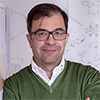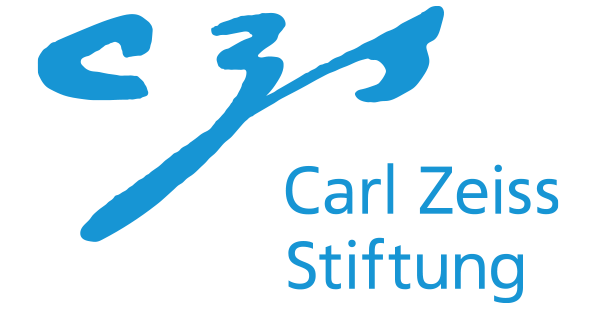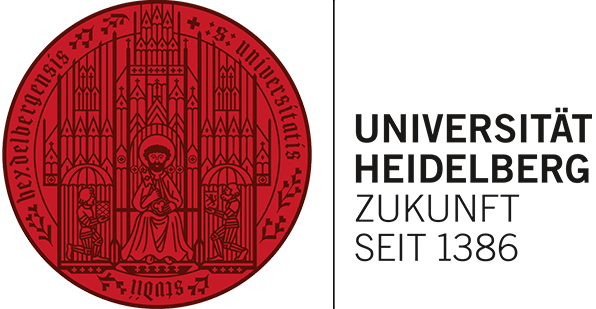Crystalline Molecular Assemblies (A2)




In Thrust A2, the research is focused on controlled self-assembly of molecular building blocks on surfaces (by layer-by-layer (lbl-)deposition) as well as in the bulk crystalline state. The long-term objective is to generate hierarchical assemblies with a variety of functionalities that can be activated on demand. This goal will be achieved using two strategies.
In the first, we will add sticky functional groups to the peripheries of, e.g., shape-persistent porous organic cage compounds (POCCs) in such a way that these are complementary, self-complementary or orthogonal in the self-assembling process. This provides a large toolbox to create complex self-organization patterns on demand during crystallization. For a state of the art overview on one of the PI´s previous work on POCCs with different geometries and function, see the following article published in the journal Accounts of Chemical Research: https://pubs.acs.org
The second strategy is based on lbl-deposition in combination with laser printing (Thrust B2). We will assemble new hierarchical SURMOFs to fabricate “designer solids” with integrated vertical and horizontal compositional gradients, including materials with non-centrosymmetric structures to be used for nonlinear optical applications. Within Thrust A2, we will establish powerful automatized synthesis methods to fabricated hetero-multilayers on numerous different substrates. For a recent review of this SURMOF-based approach see: https://onlinelibrary.wiley.com

Prof. Dr. Christof Wöll
Karlsruhe Institute of Technology

Prof. Dr. Michael Mastalerz
Heidelberg University
Please also note our dedicated Opportunities page.
Images
Description: Self-Assembly of a Surface Mounted Metal Organic Framework (Source: Dr. Jinxuan Liu)
Description: Scheme of the two-photon photoemission (2PPE) process (left) and of the second harmonic generation (SHG) process (right). (Source: Prof. Dr. Petra Tegeder)
Description: SURMOF growth with controlled symmetry using photocleavable linker molecules (Source: Dr. Ksenia Kutonova)
Description: SURMOF grown on a polymeric substrate. (Source: Benedikt Sapotta)




